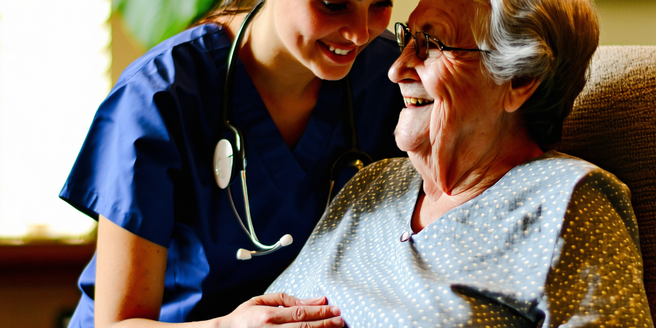
Understanding Elder Abuse
Elder abuse involves harmful acts toward older adults, ranging from physical harm to financial exploitation. It can occur in various settings, including private homes, nursing facilities, or assisted living centers. Recognizing that abuse can manifest in multiple forms is crucial; it may be physical, emotional, or even financial. Neglect, often overlooked, also forms part of this spectrum. Raising awareness helps in identifying the abuse, protecting the victims, and eventually preventing it. Often, the elderly remain silent due to fear, shame, or dependency on the abuser. Thus, it becomes imperative for society to foster an environment where the wellbeing of the elderly is prioritized, and they are encouraged to speak out, ensuring justice and support when needed.
Identifying Signs of Abuse
Identifying signs of elder abuse requires vigilance and proactiveness. Physical abuse may present as bruises or unexplained injuries, while emotional abuse might manifest as withdrawal or anxiety. Financial exploitation could show up as sudden financial difficulties or unusual banking activities. Neglect might be observed in the form of poor hygiene or untreated medical issues. Recognizing these signs early is critical in preventing further harm. Caregivers, family members, and community workers should be trained to look for these indicators. Regular check-ins and open communication channels can create a support network for the elderly, making it possible for observers to notice and act upon warning signs promptly, ensuring a safer environment for seniors.
How to Document Incidents
Proper documentation of elder abuse incidents is essential for legal proceedings and providing necessary support to the victim. Start by documenting dates, times, and specific details of any observed or reported incidents. Photographs of physical injuries or unsafe environments can serve as compelling evidence. Maintain a comprehensive log that includes statements from the victim, witnesses, and abuser interactions. It’s also important to gather medical reports and financial records if exploitation is suspected. Ensuring accuracy and timeliness in documentation strengthens the case and facilitates an effective response from authorities. This organized approach supports the victim’s credibility and enhances the possibility of a successful intervention and resolution process.
Legal Requirements for Reporting
Understanding the legal requirements for reporting elder abuse is crucial for protecting victims and complying with the law. Mandated reporters, often including healthcare professionals, social workers, and caregivers, are legally obligated to report suspected abuse. Regulations vary by jurisdiction, so it’s important to familiarize oneself with local laws and reporting procedures. Typically, reports should be made to adult protective services or local law enforcement agencies. Confidentiality is often preserved to protect the reporter’s identity. Prompt reporting can initiate investigations and lead to protective measures for the victim. Knowing the legal framework for reporting empowers individuals and professionals to act decisively and responsibly in the face of suspected elder abuse.
Steps to Take After Reporting
After reporting suspected elder abuse, several steps can help ensure the victim’s safety and well-being. First, collaborate with authorities and provide any additional information they might require. Supporting the victim emotionally and practically is crucial; they may need reassurance and assistance navigating the aftermath of reporting. It might be necessary to seek legal advice to understand the process and rights better. Engaging community resources like counseling or support groups can provide additional assistance. Monitoring the situation for any signs of retaliation or continued abuse is also important. Any new incidents should be reported immediately. Remaining vigilant and supportive empowers the victim and contributes to a safer recovery environment.
Support Resources for Victims
Victims of elder abuse require access to comprehensive support resources to aid in recovery and healing. Begin by identifying local organizations that specialize in elder support and advocacy, which can offer counseling, legal assistance, and emergency services. Adult protective services often provide essential resources and guidance. Community centers may host support groups where victims can share experiences and build networks of encouragement. For those facing financial exploitation, connecting with financial advisors or legal aid can be crucial in restoring financial stability. Ensuring that victims have access to healthcare is fundamental, as it addresses physical and mental health needs. These resources collectively foster empowerment and resilience in elder abuse victims.
